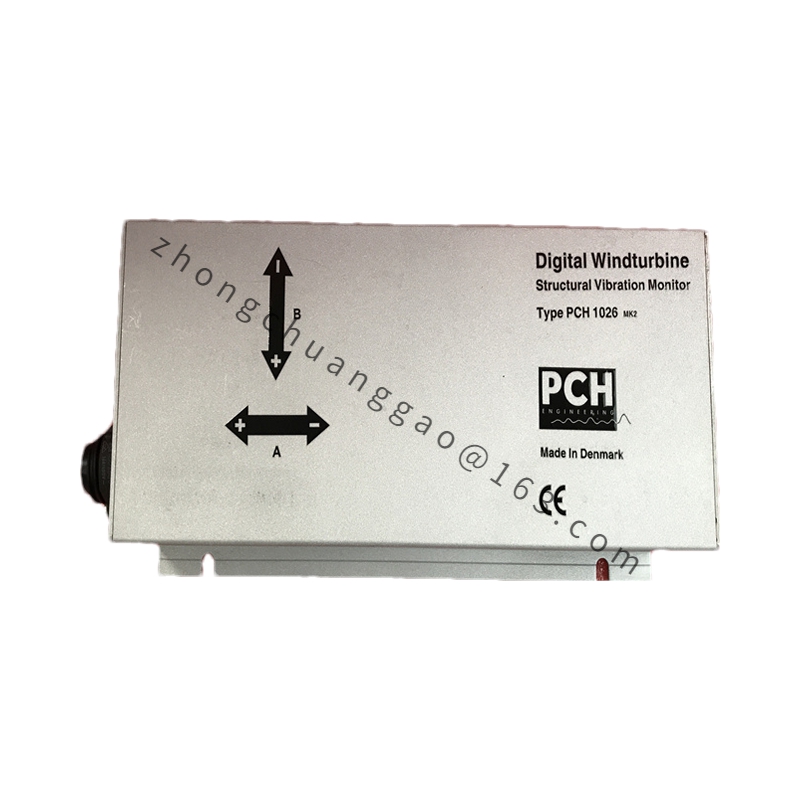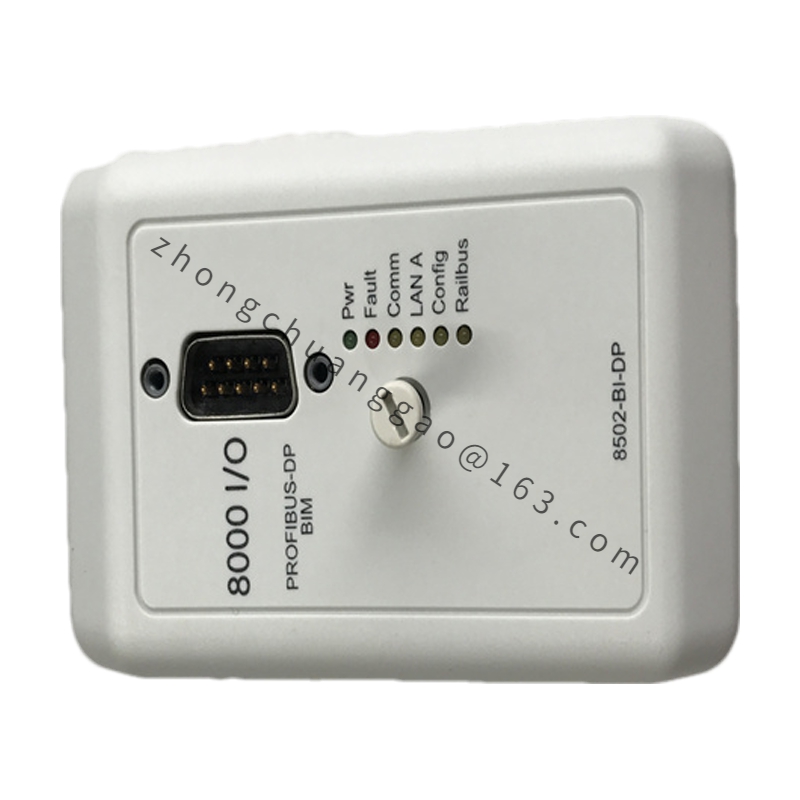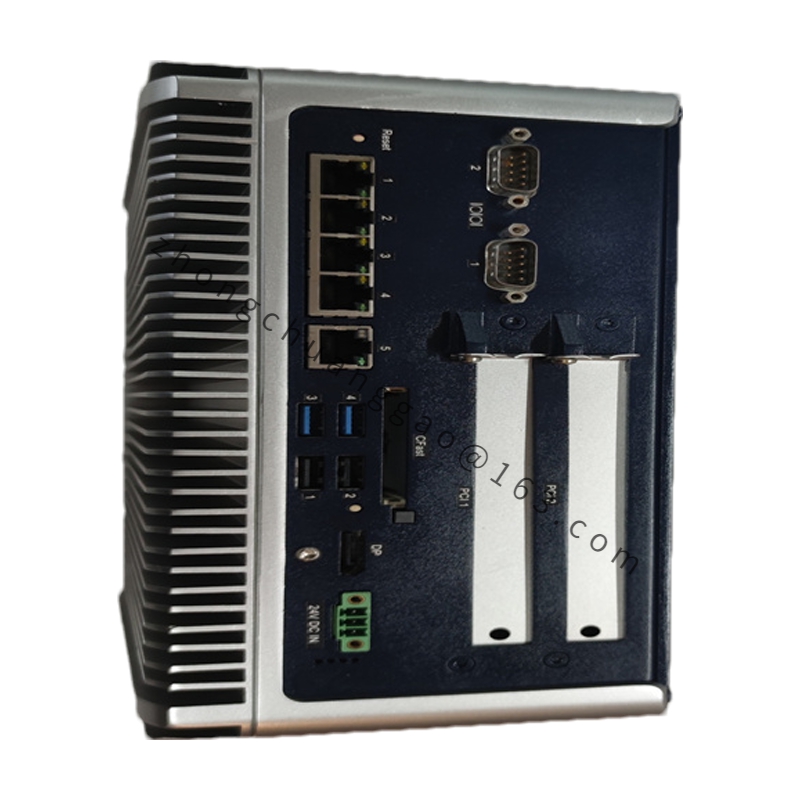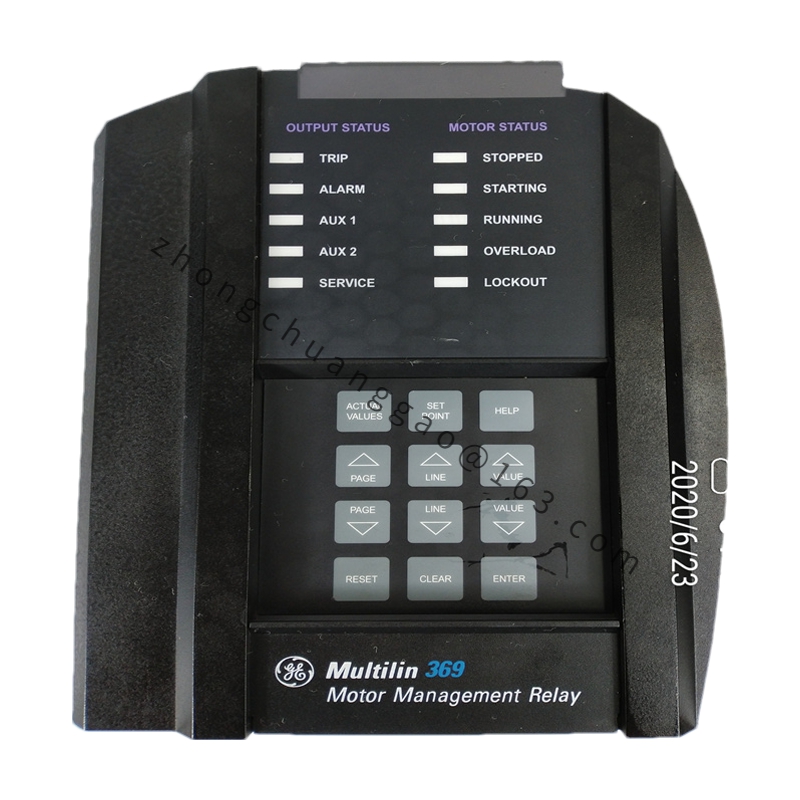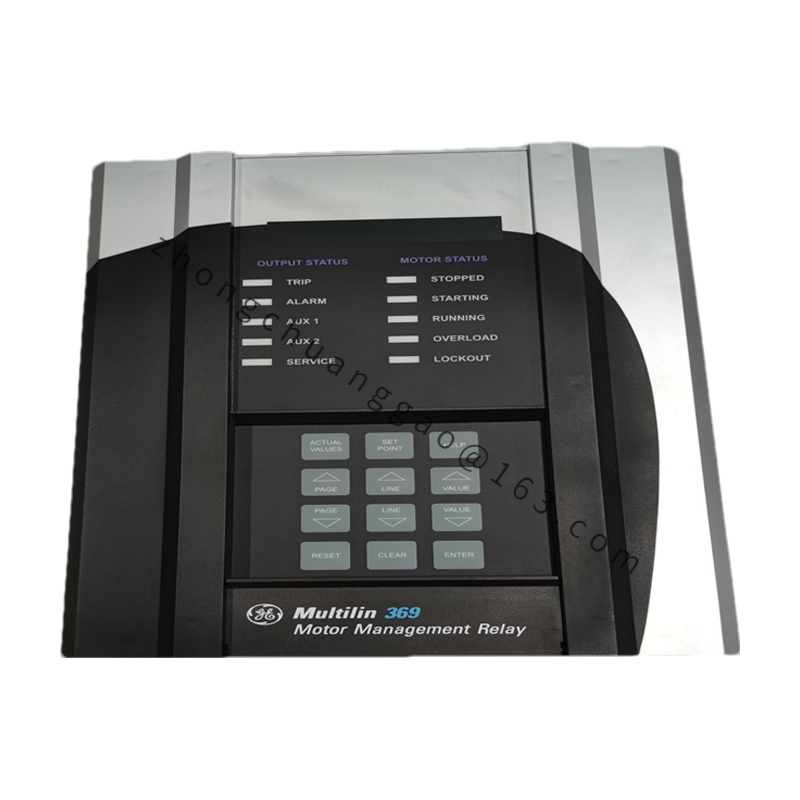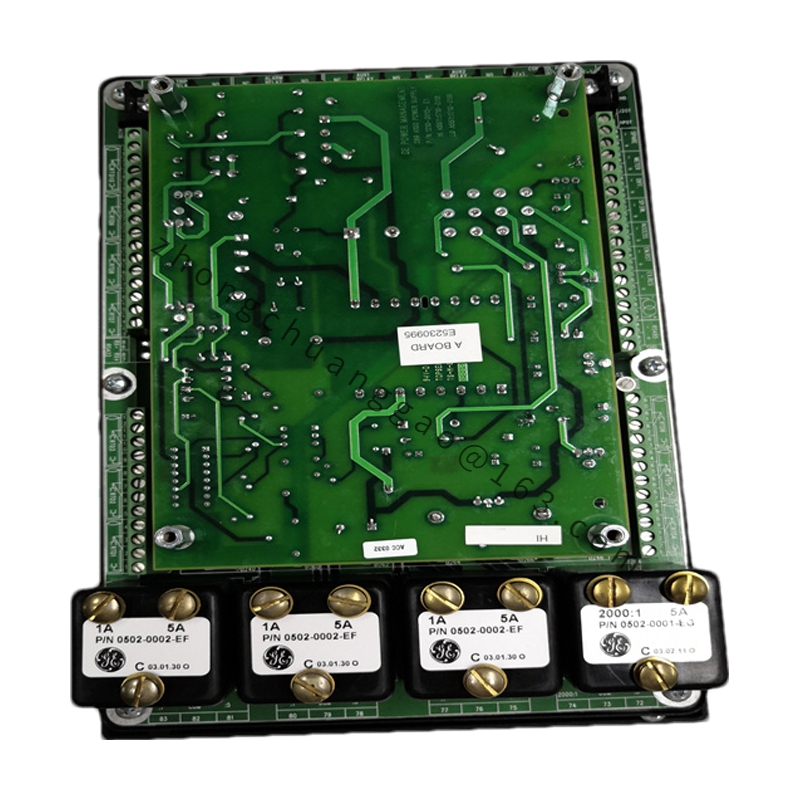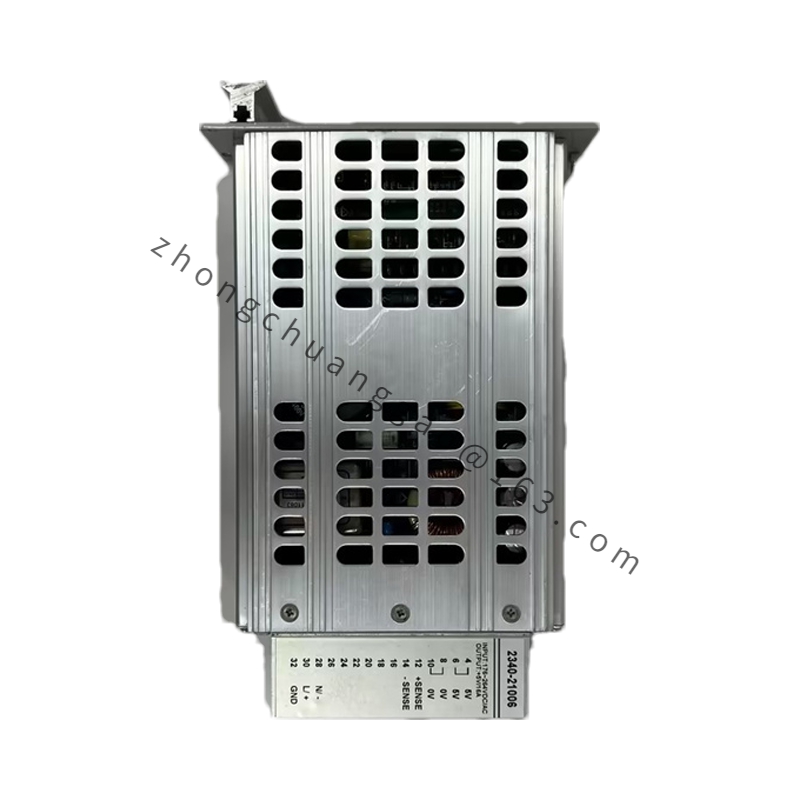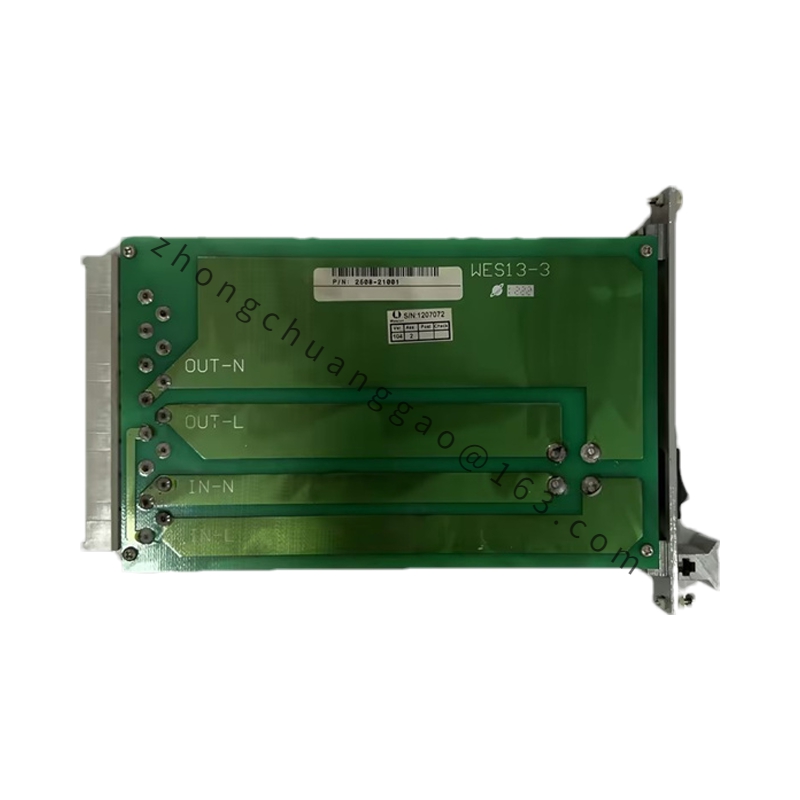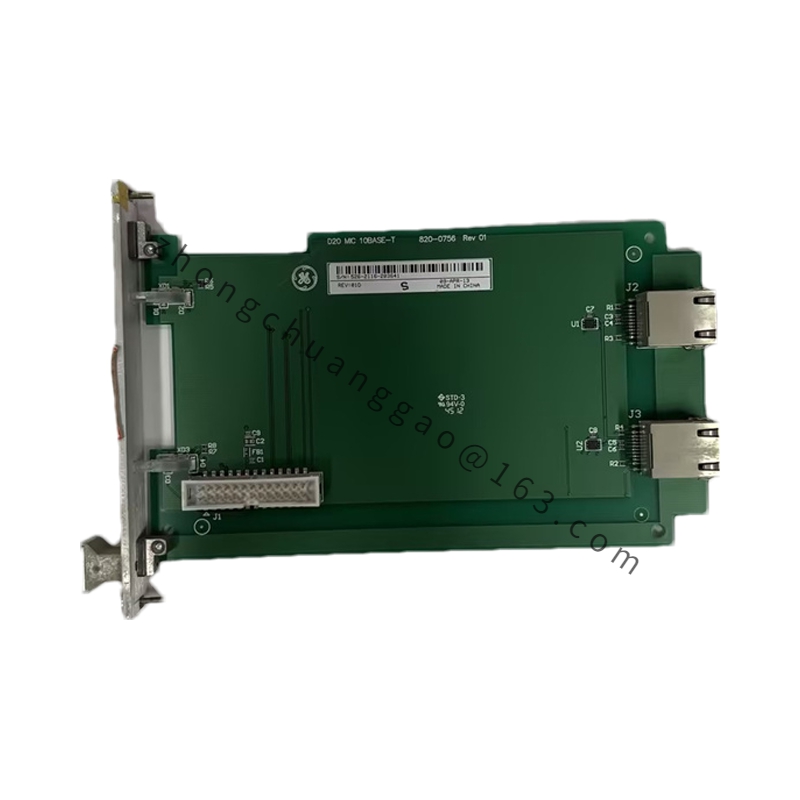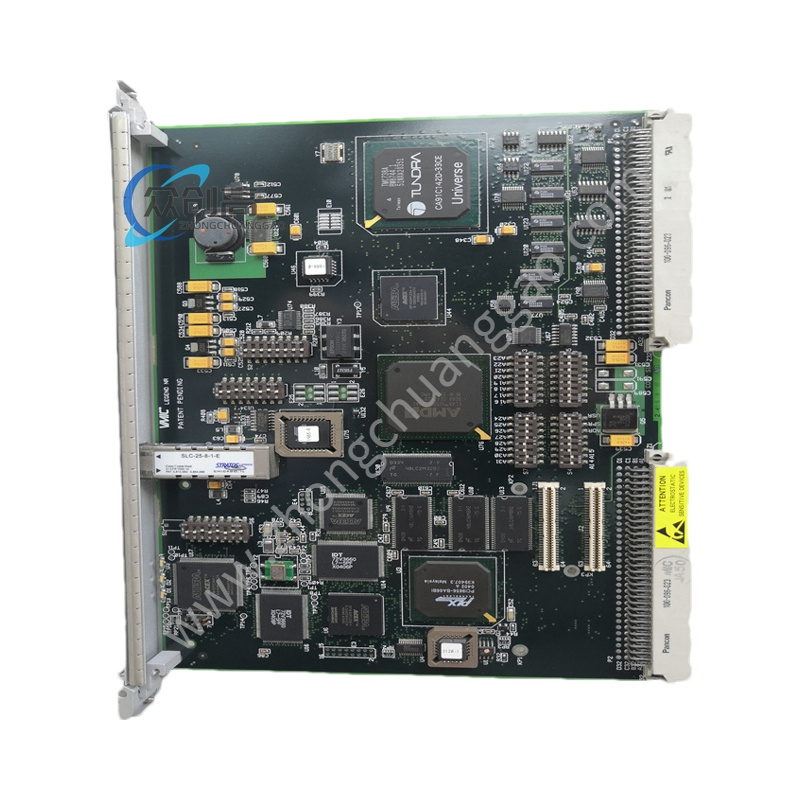GE PCH1026
Application Scenarios:
- Industrial Equipment: Widely used for monitoring vibration levels in rotating equipment such as pumps, fans, compressors, and generators, ensuring efficient and reliable operation.
- Wind Turbines: Specifically designed for applications in wind turbines, including tower vibration, transmission system vibration (pitch-controlled turbines), and blade edge vibration (stall-controlled turbines).
- Civil Structures: Suitable for monitoring vibrations in civil structures such as steel towers, chimneys, bridges, and buildings, providing valuable insights into their structural integrity.
- Environmental Monitoring: Can be used in environmental monitoring applications where low-frequency vibration measurements are critical, such as seismic monitoring or geotechnical investigations.
Detailed content
Technical Specifications:
- Design Focus: PCH1026 is specifically designed for low-frequency structural vibration monitoring applications.
- Frequency Range: Capable of detecting low frequencies down to 0.05Hz, making it suitable for a wide range of vibration monitoring tasks.
- Sensors: Equipped with 3 internal vibration sensors (accelerometers) capable of three-axis measurement in A, B, and C directions.
- Inputs and Outputs: Features 4 input channels (including internal and external) and 4 original outputs, with 12 adjustment bands, providing flexibility in connecting to various devices and systems.
- Communication: Supports RS-232 and optional RS-485 communication ports for easy integration with external PCs, controllers, or monitoring systems.
- Power Requirements: Operates on DC power, ensuring compatibility with various power sources in industrial environments.
- Physical Design: Encased in a sealed and rugged box, making it suitable for use in harsh environments with high levels of temperature, electrical noise, and humidity.
Functional Characteristics:
- Real-Time Monitoring: Monitors and analyzes vibration signals in real-time, enabling immediate detection of abnormal vibration patterns or potential faults.
- Multi-Parameter Analysis: Capable of measuring and analyzing various vibration parameters such as acceleration, velocity, and displacement, providing a comprehensive view of equipment health.
- Alarm and Fault Detection: Equipped with 4 independent alarm relays, each with programmable “make” or “break” functionality, allowing for customized alarm settings based on specific vibration thresholds. Additionally, a system fault relay with disconnect functionality ensures optimal fail-safe configurations.
- Data Logging and Analysis: Records vibration data for subsequent analysis and trend monitoring, helping to determine equipment health, predict potential failures, and optimize maintenance schedules.
- Germanischer Lloyd SSD Relay: Certified by Germanischer Lloyd for Safe Shock Detection (SSD), enhancing safety and reliability in various industrial applications.
- Field-Configurable: Allows for on-site configuration changes and settings adjustments, making it easy to adapt to changing monitoring requirements.

